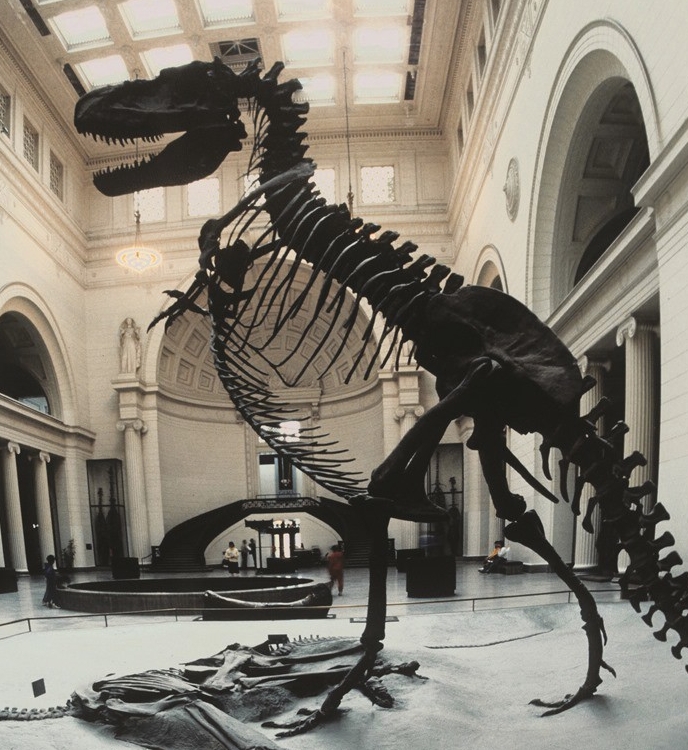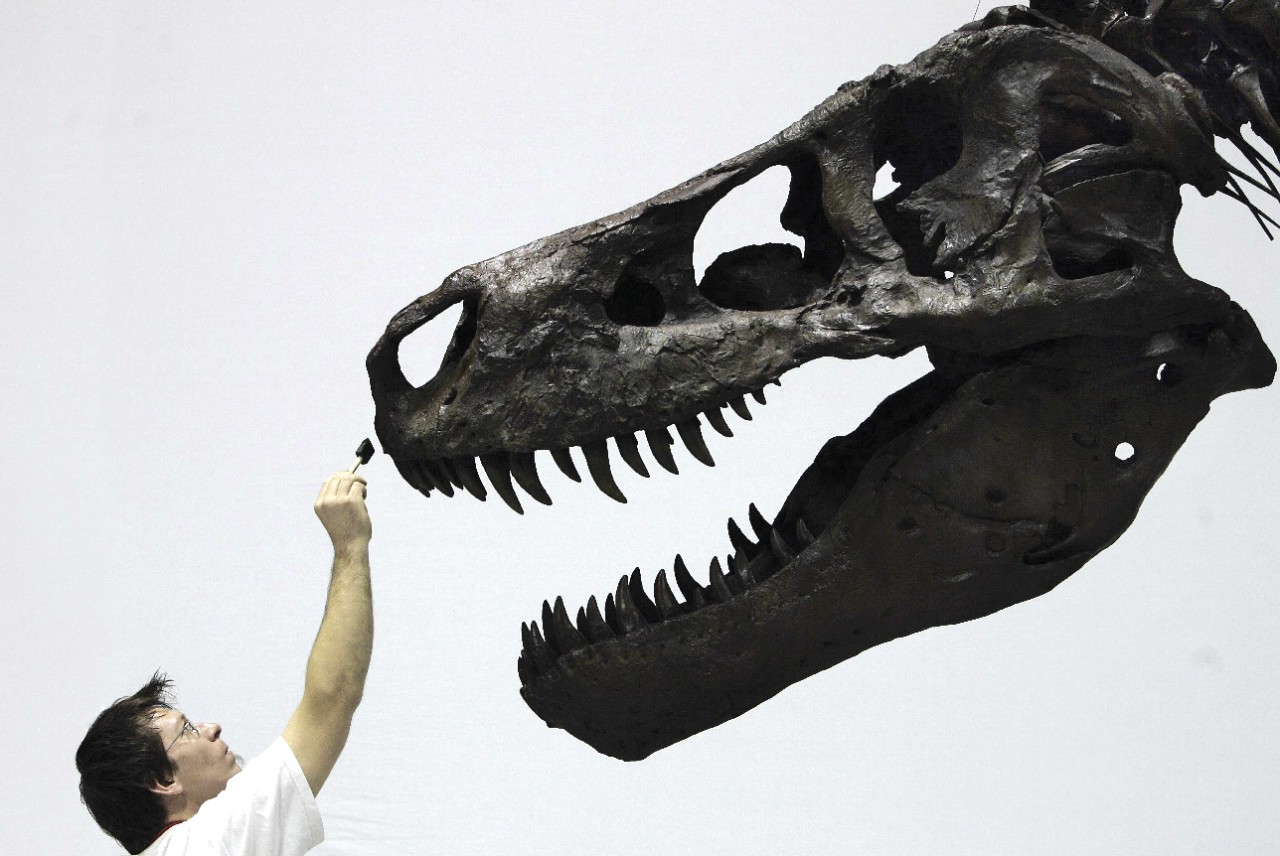In Paris, in early 2018, the auction of a fossilised Allosaurus skeleton for US$2.3 million brought to the boil a debate that has long simmered between scientists, private collectors and bone hunters. The excellent specimen, dug out of the ground in Wyoming, USA, in 2013 by professionals, was entirely legitimate. No rules were broken. The buyer even promised the skeleton would be shared with the public, rather than hidden away for private enjoyment.
Yet the paleontologists were incandescent. This sharp-toothed carnivore from the late Jurassic period, which had lived and died around 150 million years ago, was thought to have different characteristics from Allosaurus already discovered. Could it be a new species altogether? Did its bones harbour secrets that would shed new light on the world in which it lived? If the skeleton ended up in a shopping mall or a millionaire’s living room, all this information could be lost to science forever.
For the Society of Vertebrate Paleontology (SVP), based in Maryland, USA, this was a travesty. Its members sent an open letter to the auction house, pleading for the sale to be cancelled. “Scientifically important vertebrate fossils are part of our collective natural heritage and deserve to be held in public trust,” they wrote. “Scientific practice demands that conclusions drawn from the fossils should be verifiable: scientists must be able to re-examine, re-measure, and re-interpret them. Such re-examination can happen decades or even centuries after their discovery.”


